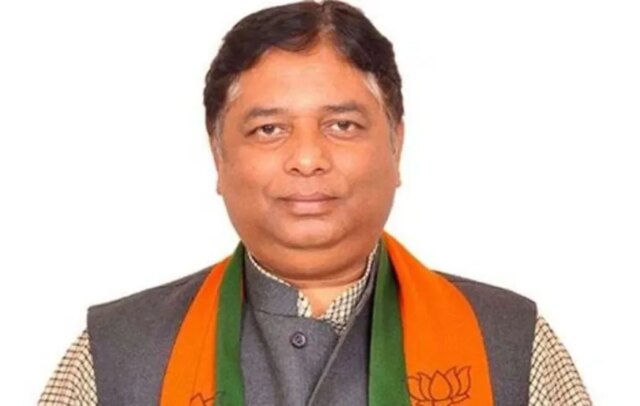Srinagar, Oct 12: The Rajya Sabha polls in Jammu and Kashmir are turning into a high-stakes arithmetic battle, where every MLA’s vote on October 24 could tip the balance.
Unlike direct elections, these polls are entirely determined by legislative numbers, making coalition strategy and discipline crucial.
For the NC-Congress alliance, the so-called “risky fourth seat” has emerged as a flashpoint, testing the alliance’s cohesion, trust, and strategic calculations.
The Congress’ decision today not to contest a seat directly has dramatically altered the political arithmetic, leaving the fourth seat shrouded in uncertainty and setting the stage for an intense contest with the BJP.
While the NC commands 42 MLAs, with support from allied independents taking its effective strength to 47, it can comfortably secure three of the four seats.
However, the fourth seat, initially anticipated as a potential Congress allocation, is now shrouded in uncertainty.
The Bharatiya Janata Party (BJP) has further intensified the contest by nominating its J&K unit president, Sat Sharma, for this seat, signalling a direct challenge.
The Election Commission of India (ECI) has issued three separate notifications for the four Rajya Sabha vacancies.
The first two single-seat notifications, covering Mir Muhammad Fayaz and Shamsher Singh’s vacated positions, are virtually assured for NC, surpassing the 45-vote quota.
The third notification, covering the two vacancies left by Ghulam Nabi Azad and Nazir Ahmed Laway, requires around 29 votes per seat, making strategic allocation critical.
Here, the BJP, with 28 MLAs, emerges as a formidable contender for the fourth seat.
Smaller parties, including the People’s Democratic Party with 3 MLAs, the People’s Conference with one MLA, Awami Ittehad Party with one MLA, and Aam Aadmi Party with one MLA, and certain independents, could play a decisive role, especially with Congress abstaining from contesting directly.
Congress, despite its limited strength of six MLAs, has not yet decided whether to vote for NC or abstain, reflecting ongoing internal deliberations and its cautious approach to retaining political relevance while avoiding a symbolic loss.
This indecision reduces NC’s surplus cushion, creating a narrow window where cross-voting or last-minute strategic alliances could shape the outcome of the “risky seat.”
For NC, the challenge is to maintain internal discipline and coordinate with allied independents to safeguard its three secured seats while evaluating whether to field a candidate for the fourth seat.
For the BJP, nominating Sat Sharma is a calculated move to exploit the arithmetic gap created by Congress’s abstention and stake a claim in what was traditionally NC-Congress territory.
The political landscape in J&K underwent a significant shift following the 2024 Legislative Assembly elections.
NC and Congress formed a pre-poll alliance to prevent a hung assembly and counter the BJP’s growing influence.
Together, they secured 49 seats in the 90-member assembly, NC winning 42, Congress six, and CPI (M) one.
Despite this electoral success, Congress chose not to join Chief Minister Omar Abdullah’s cabinet, citing dissatisfaction over the non-restoration of J&K’s statehood.
This highlighted tensions between the two parties and set the stage for friction in Rajya Sabha seat-sharing deliberations.
At the national level, NC remains part of the Indian National Developmental Inclusive Alliance (INDIA bloc), a coalition of opposition parties led by Congress.
This dual alignment illustrates the complex interplay between regional and national politics, where regional alliances may diverge from national strategies.
The NC-Congress relationship in J&K reflects the delicate balance between regional political ambitions and national strategic calculations.
With Congress opting not to contest the Rajya Sabha polls and undecided on voting for NC, the fourth “risky seat” has emerged as a pivotal test of NC’s organisational strength, its ability to marshal support from independents, and the strategic calculations of the BJP.
The outcome will not only decide representation in the Upper House but also signal the future trajectory of coalition politics in J&K.








